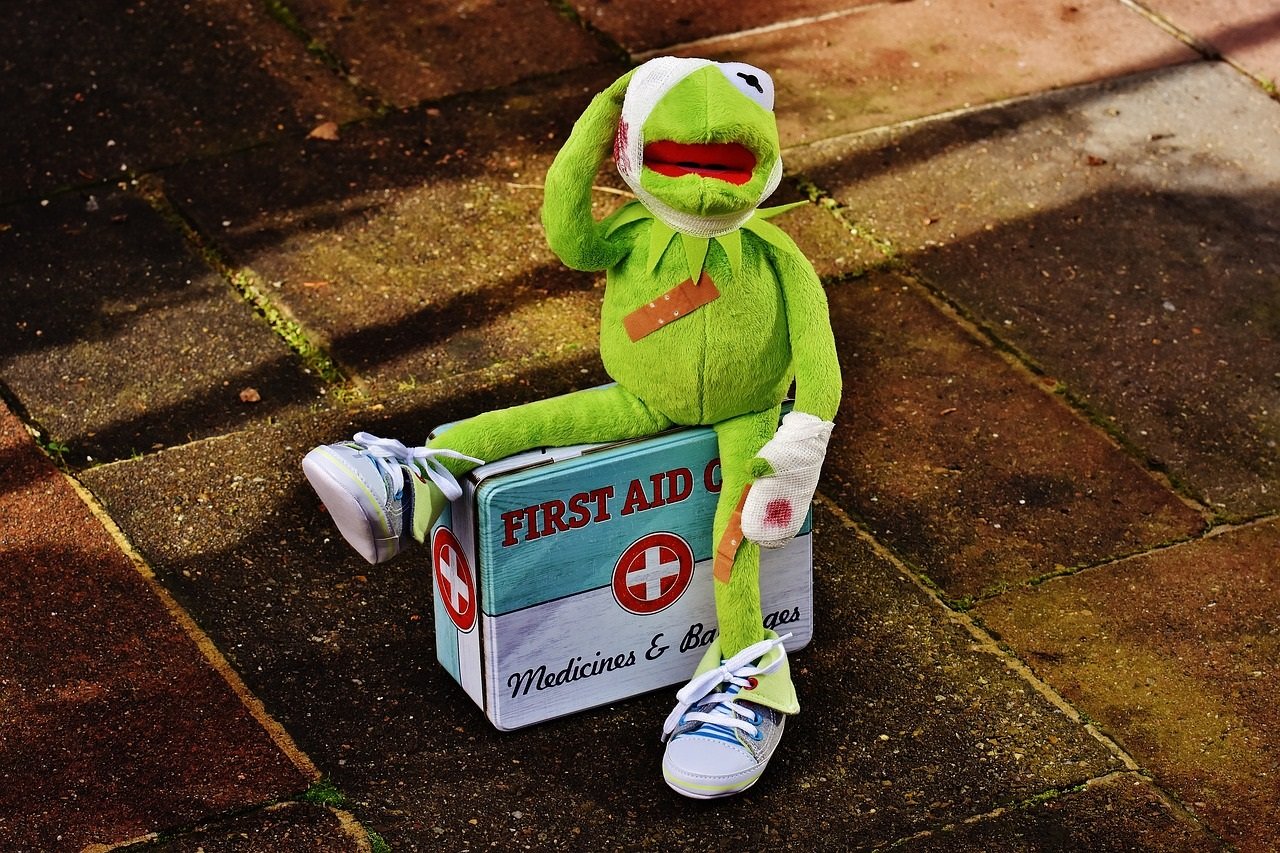Bleeding Control
Bleeding control is one of the most basic skills that every person should master, yet time and time again I see people making mistakes which lead to more blood loss, a lot more mess than is necessary, and potentially a patient going into shock. Lets start with something simple.
Nosebleeds
Today I will cover nosebleeds. A nosebleed can have many causes, from blunt trauma (like a roundhouse kick to the face) to high blood pressure or even medications like blood thinners .
The mistake I see most often in this case really boils down to impatience. Most people know to pinch the nose closed but don’t understand that it takes a few minutes to get the bleeding to stop. They hold for 30 seconds and then check to see if it is still bleeding. Well, it is.
The next mistake I see fairly often is wiping the nose. No doubt that blood is annoying. Your nose is a sensitive part of your body, and extra blood running through it makes you want to wipe at it with a tissue or rag, but this only irritates the tiny vessels (capillaries) that are already broken and releasing blood.
The last mistake I see often is three fold. Sniffing, clearing the throat and trying to blow the nose. A nose bleed of any fortitude will send blood trickling down the throat, so, this obviously encourages trying to get rid of as much as possible all at once. Well, lets go back to the part about the tiny blood vessels. The blood contains platelets, which are what causes clotting. These platelets stick together at the wound in order to stop the leak. By sniffing, blowing and clearing the throat, you are creating a lot of pressure. This in turn irritates the whole repair process, causing the bleeding to continue. If it is absolutely necessary to clear the throat and spit, do so as gently as possible.
How To Properly Treat A Nosebleed
Sit upright and tilt your head slightly forward. Don’t tip your head back. This causes blood to run down your throat, resulting in swallowing blood. This will make you sick and you don’t need to add vomiting to the list of problems. Swallowing some blood may be inevitable, but let’s keep that to a minimum.
Pinch the front, fleshy part of your nose with your thumb and forefinger and hold it for 10 minutes. Not what seems like 10 minutes. Look at your watch or set a timer. Don't let go for 10 minutes. After pinching (did I mention this pinching should be a full 10 minutes?) let go and observe the bleeding.
Place an ice pack on your face. This may be awkward with one hand busy and covering most of your face. You can also apply it at the back of the neck. The coldness of the ice pack helps to constrict the capillaries, aiding the clotting process.
Most nosebleeds should be controlled in 10-20 minutes if you follow these steps. If it is still bleeding, consider seeking medical attention. As stated earlier, you may have an underlying medical condition like high blood pressure. Treating just the symptoms and not the cause can lead to more problems down the road.
Disclaimer: This post and future medical/health posts by @goatgarden are for educational purposes only and not intended for diagnosis, treatment, or to replace professional hands-on training.
Thanks for reading! Any questions or input are welcome, as always!

